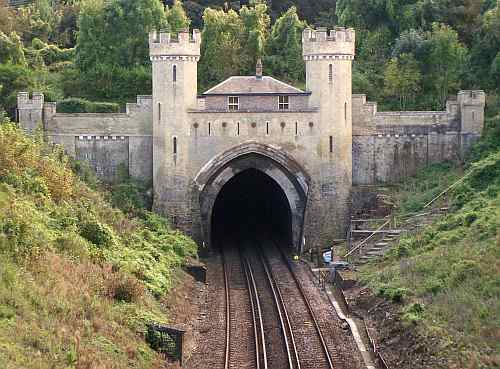Welcome to the MCHA site. All the latest news on events and happenings in our neighbourhood is posted here, so check in often to stay up-to-date!
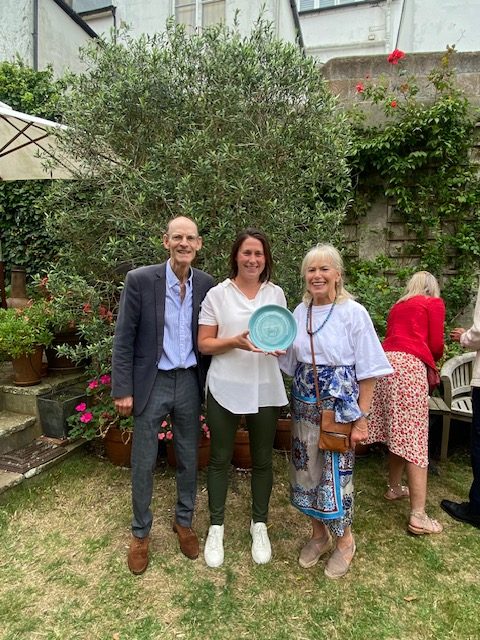
MCHA members and their guests enjoyed fine weather and some fine wine at this year’s summer party which was held for the first time in the garden of a home in Montpelier Villas, one of the most attractive streets in our area. The occasion was an opportunity to present the 2023 Conservation Award to the Head of “Brighton Girls”, the school in Montpelier Road which has carried out major refurbishments and improvements both to its two principal buildings of the Temple and the Old Vicarage and also to the surrounding grounds. Featured in the picture are (from left to right) Jim Gowans (MCHA Chairman), Rosie McColl (Head of Brighton Girls) and Gabi Tubbs MCHA Conservation Award Co-ordinator.
The Grade II listed north portal by David Moccatta (architect of Brighton Station) dates from 1841 whilst the cottage, was built eight years later.
After the AGM held at St Michael’s Church on 7th June at which Jim Gowans, Corinne Attwood and Gabi Tubbs were re-elected as trustees, David Porter gave an illustrated talk “Life Above a Railway Tunnel”; the story of his extraordinary home which is the cottage built above the north portal of Clayton Tunnel on the Brighton to London mainline. A former resident of Vernon Terrace in our conservation area, our speaker told the tale featuring bold Victorian engineers, plucky railway families, all manner of flora and fauna, home-made jam and wine, railway disasters, secret passages and a few ghosts. He also had a surprise revelation. As this article does not which to publish a “spoiler” for future audiences, it will not be disclosed here!
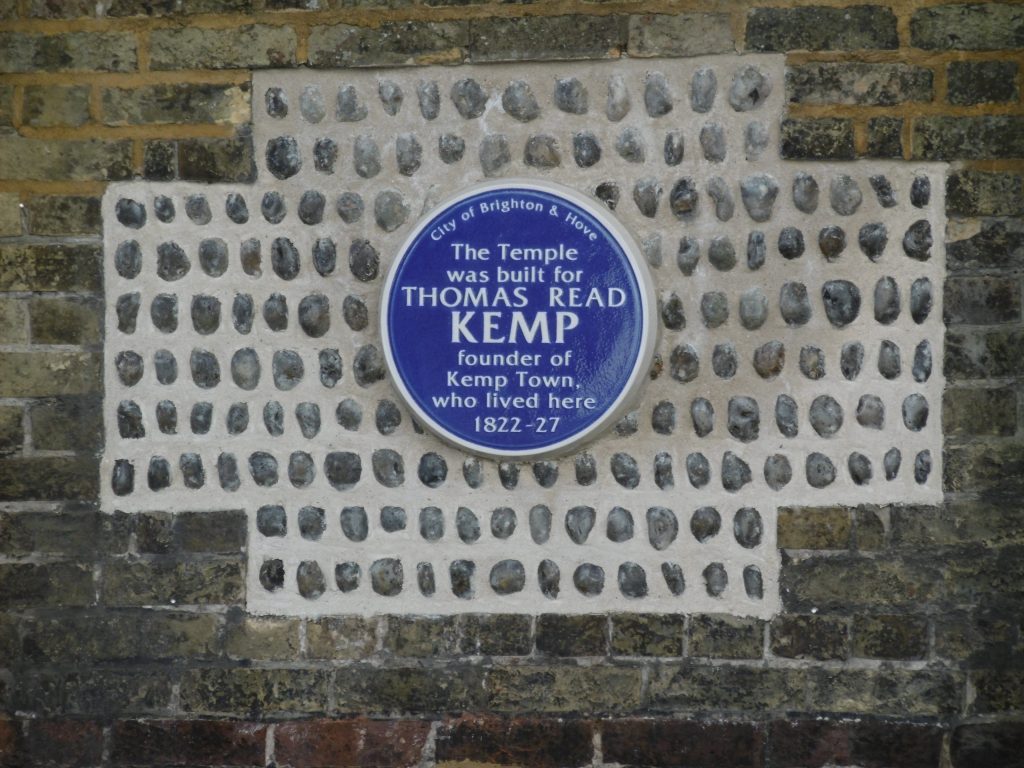
Plaque fitted by Tilleys Stonemasons and flintwork by Brian Davies.
The school now known as “Brighton Girls” (previously “Brighton and Hove High School”) hosted an unveiling ceremony on the 1st of July in the presence of the Mayor Councillor Jackie O’Quinn. The blue plaque replaced an earlier stone plaque which over many decades had become illegible. The original house, now much altered, was built around 1820 and was placed on a greenfield site owned by the Kemp family in what was known as the “West Laine” (“Laine” meaning “field”). The house then had unobstructive views of the sea and its isolation required an access road “Montpelier Road” to be laid out by Kemp, who named his house “The Temple” possibly because some architectural features recall those of the Temple of Soloman. During Kemp’s five years of occupation the “Temple” was mainly used as a party house rather than a family home for his nine children. It was not the first party house in Brighton and as residents of the city now know only too well: not the last!

The 2021 version of the Conservation Plate featured in the previous post was awarded to the owners of this Grade II listed property at the 2022 AGM held in July. The front garden and the house itself have been immaculately maintained throughout all four seasons and have helped to make Clifton Road one of the most attractive parts of the conservation area. Front gardens (and their boundary walls and railings) are a very important feature of this conservation area and are indeed an important part of the character of towns and cities nationwide, it is therefore regrettable to see so many demolished in order to provide hard standings for vehicles. In recent years Brighton and Hove City Council has refused permission for boundary walls to be demolished in our conservation area, most notably in Upper North Street and Hampton Terrace. At the time of writing an application is nevertheless being submitted to demolish the front wall and garden of a Grade II listed property in Upper North Street. The Council’s heritage team have recommended refusal and the MCHA (and other residents) have objected. It can be assumed, with some degree of confidence, that the application will be refused and that the garden will be saved. No 8 Clifton Road was, by the way, the focus of attention three years ago when a blue plaque was unveiled to commemorate the celebrated wood engravers George and Edward Dalziel, best known for their illustrations of Lewis Carroll’s “Alice” books.
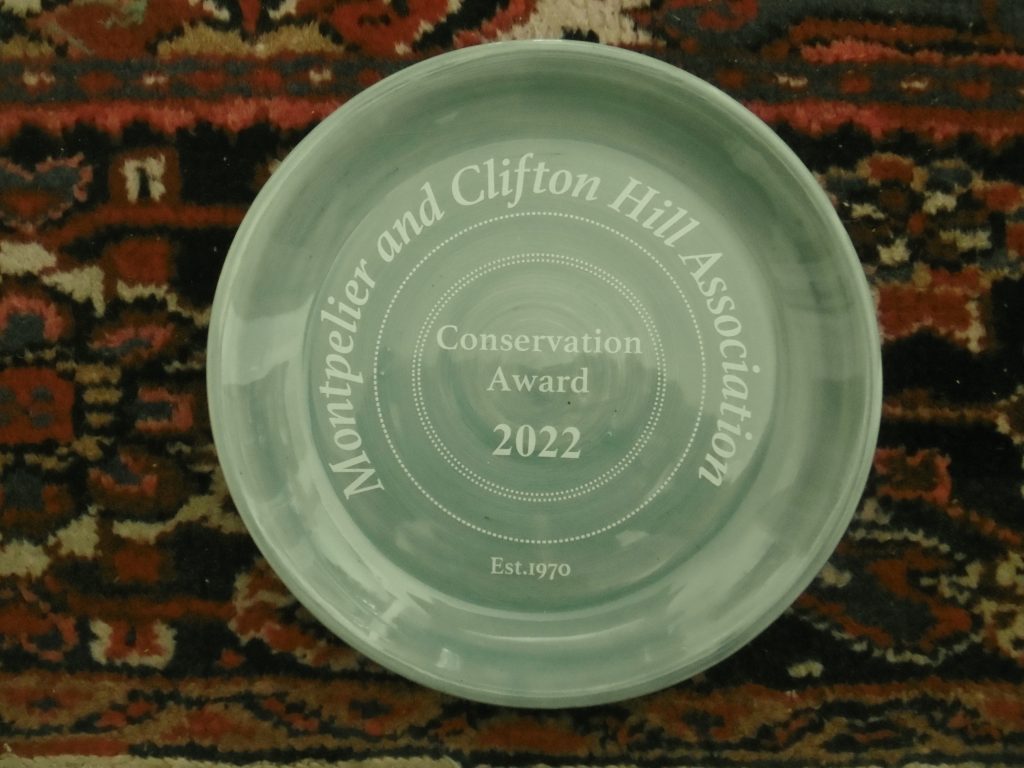
To replace the plates designed by Jill Pryke which had been awarded during the decade to 2020, a new set of plates has been commissioned from the designer Caroline Couzens. MCHA trustee Gabi Tubbs liaised with the north London based Couzens to ensure that the new design would represent some continuity of style whilst at the same time providing a fresh look to herald the 51st year of the Association’s existence. The 2021 plate was awarded at the AGM last Friday to the owners of 8 Clifton Road in recognition of the contribution their beautifully maintained house and front garden makes to the character of the conservation area. Further information about the garden, including a picture, will be posted in due course. Meanwhile suggestions for the award of the 2022 plate are warmly welcomed.

So-called “bike-hangars” (corrugated metal sheds for the on-street storage of bikes) might soon be introduced to streets in the conservation area and throughout Brighton and Hove. If councillors on the Environment Transport and Sustainability have their way, these sheds will soon be adding to the unsightly clutter which already disfigures many areas of the City. It is inevitable that these “hangars” will be as poorly maintained as the existing the on-street waste bins and will represent an additional target for unsightly tagging and graffiti. Councillors seem oblivious to guidance from the Department of Transport’s “Manual for Streets” which recommends the use of the “Sheffield stand” rather than a bike shed for the secure storage of bikes in the public realm. The stand, which is firmly bedded into the ground, consists of a thick steel tube bent into the shape of a square or round arch which allows the frame and both wheels to be simultaneously locked to it. The stands are already in use at the Seven Dials roundabout where the stands’ stainless-steel finish can even be said to create an attractive feature. Whilst the Sheffield stands are free to use there would be a charge for using the “bike hangars” and as is stated in the rental contract “Insurance is not included. You park you bike entirely at your own risk”. Whilst the security of “bike hangars” is not guaranteed, the impracticality of them certainly is, as each hangar would only accommodate six bikes and might be some distance from the user’s home. Sheffield stands could secure twice as many bikes in the same space or could be placed at convenient intervals on each road. The petition which encouraged the councillors to take this idea further was poorly supported, so it is hard to understand why councillors did not see that bike-bins are a bonkers idea. They nevertheless have committed £1/2 million of public funds to it!
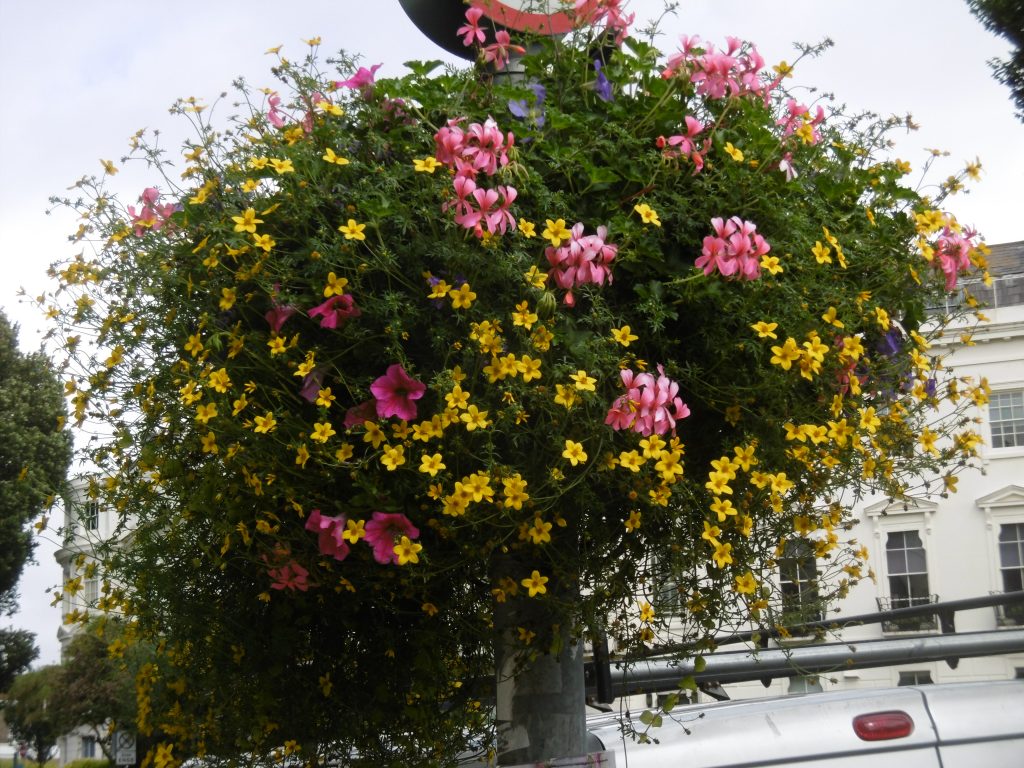
MCHA funds have ensured that floral hanging baskets in Vernon Terrace are once again providing some summer interest and colour for workers, residents, and visitors to the area. It is sad to note how little the City Council is willing to contribute to making our parks, gardens, and streets more attractive. The Council trots out the “government cuts” excuse time and time again but the fact remains that the Council spends freely whenever it chooses. In Regency ward alone £1,000 of Council cash was handed over to “Dan” and “Charlotte” operating under the name of “Art and Believe” rather than pay for the safety test on its own lamp posts which were required for the installation of the floral baskets! The thousand pounds paid for “bright breath-taking geometric murals” according to the “Art and Believe” web site. Its mural on the Bedford Tower, however, has attracted complaints from residents of the Regency Square conservation area; the painting of the Grade II listed bus shelter in front of the Royal Pavilion had no listed building consent whilst the mural inside the Coggins Burger Restaurant in Dyke Road was soon painted over by the new management of Atelier du Vin! Meanwhile the spray paint vandalism this project was supposed to reduce has become dramatically worse In Regency Ward as elsewhere.
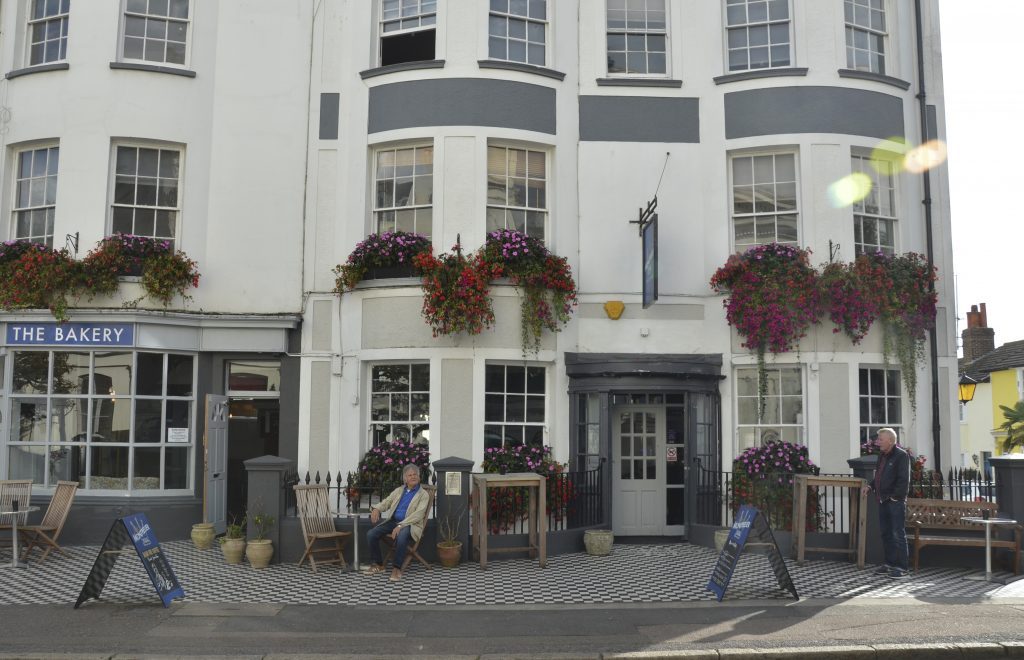
The historic Grade II listed buildings at the corner of Montpelier Place and Borough Street which comprise the Montpelier pub are currently subject to a planning application for conversion into five apartments. This 2017 photo shows the original pub building dating from the 1830s or 1840s and the “Bakery”. This became part of the pub in the 1984 having been a bakery until the 1920s. The “Bakery” sign was installed by the pub owners in a nod to the Victorian ovens which had been discovered in the basement during building work. The bakery building was used between the 1920s and 1980s by a bootmaker and subsequently by other retailers. This explains the ground floor fenestration (and additional doorway on the left) which is not original. It is hoped that this fenestration will be removed and the bow front re-instated to match the two bow fronts to the right. Having changed hands since this photo was taken the pub closed for the last time in December 2020 following several public order incidents. It was a sad end for the historic “Monty”.
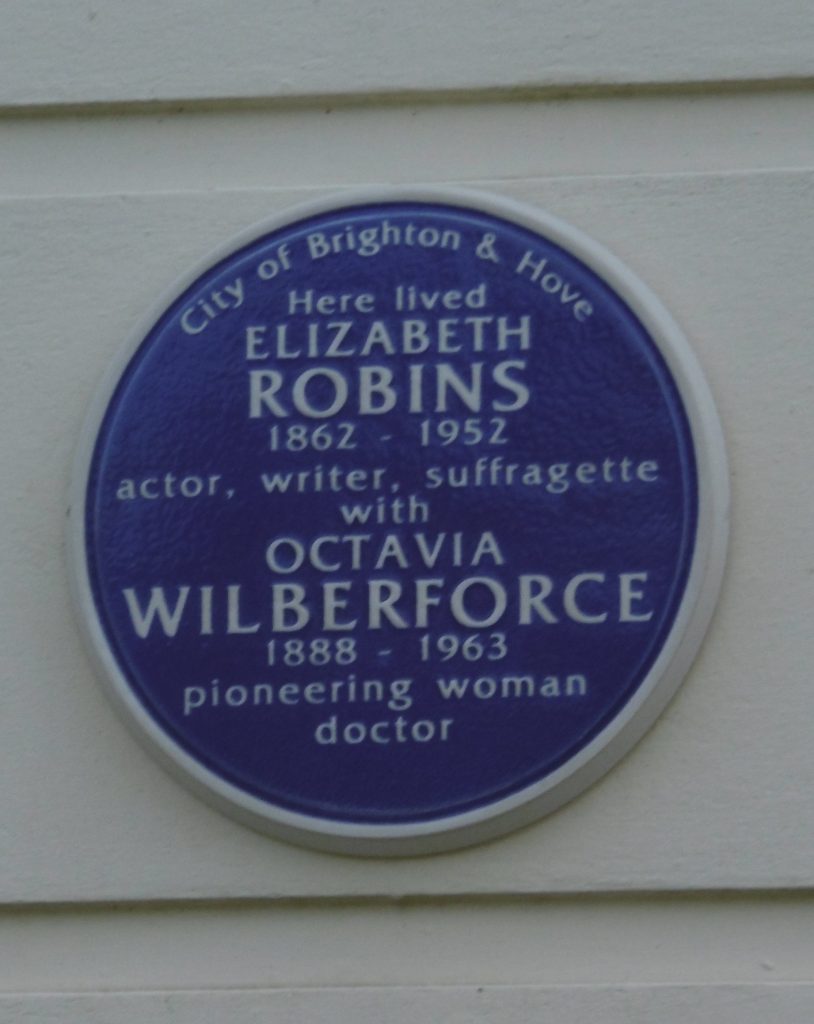
A blue plaque has been fixed to 24 Montpelier Crescent (now the Seven Dials Medical Centre) to commemorate Elizabeth Robins and her close friend Octavia Wilberforce. The American born Robins had met the young Wilberforce (great-grand-daughter of anti-slavery campaigner William) in 1909 when, after a successful acting career on both sides of the Atlantic, she settled in Henfield. She supported the latter’s aim of becoming one of the second generation of female doctors and together they funded women’s health services locally including the New Sussex Hospital in Windlesham Road (now the residential development “Temple Heights”). Robins spent much of the 1930s based at Wilberforce’s surgery in Montpelier Crescent rather than in Henfield where her country house had been converted to a women’s shelter and convalescent home. She spent the war years reluctantly in the United States, returning however, to spend her final years with Wilberforce in Brighton. Guided tours giving more information about these and other pioneering women who lived in the city are being led by Louise Peskett this summer. Contact historywomenbrighton@outlook.com
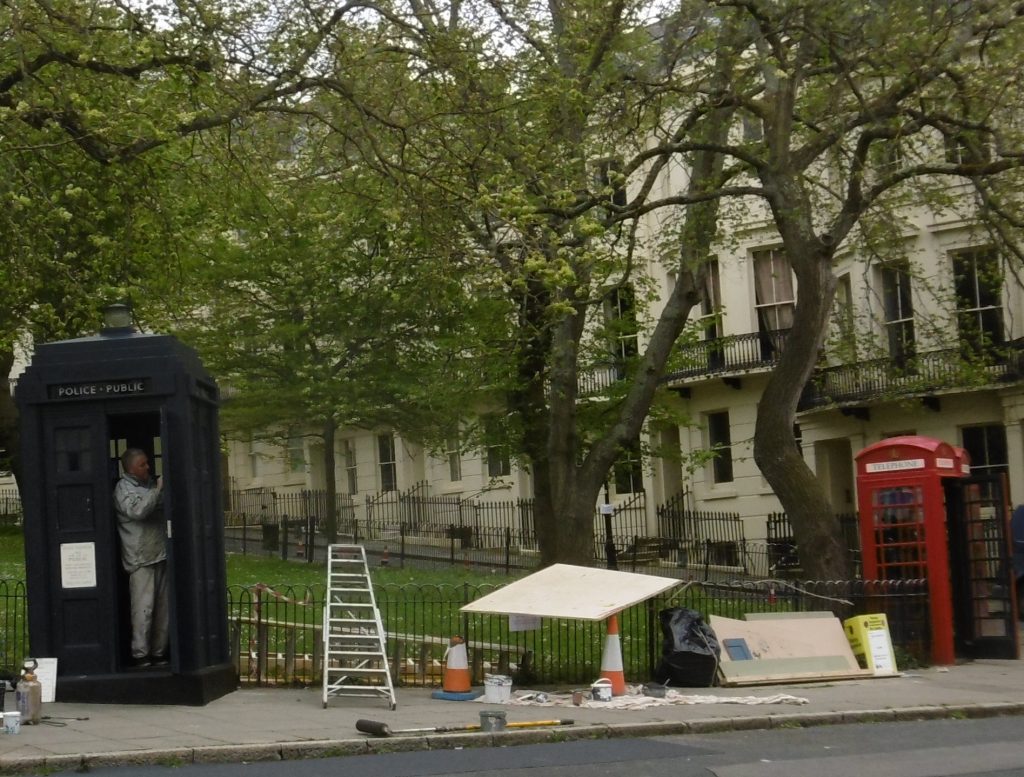
Being less than “au fait” with boy bands since the Osmonds were top of the pops “Harry Who?” was the present writer’s first reaction when informed that the blue police box which had appeared in Powis Square was part of a set for the latest foray into cinema by Harry Stiles the famous singer, songwriter, actor (and social commentator). Rather than being a prop for another Doctor Who series the blue police box was helping recreate 1950s Brighton for a film in which Stiles plays the role of a police constable. The “Police Box Mk2” seen replicated here was designed (boy band fans need read no further) by the Scottish architect Gilbert Mackenzie Trench and between 1929 and 1938 about 1,000 were installed. By 1969, however, they were considered redundant, and decommissioning began. Now Grade II listed, just two or three of the original concrete and timber Mk2 boxes remain on the streets of England (others are to be found in Scotland). The K6 red telephone boxes on the right of the picture, by the way, were saved from dereliction in 2018 by the Little Mustard Shop of Clifton Hill and are themselves Grade II listed. These are maintained as an artists’ exhibition space but were transformed for the film into appearing as working telephone boxes. The film “My Policeman” starring Harry Stiles and Emma Corrin which is based on the 2012 novel by Bethan Roberts, is expected to be in cinemas sometime next year.




